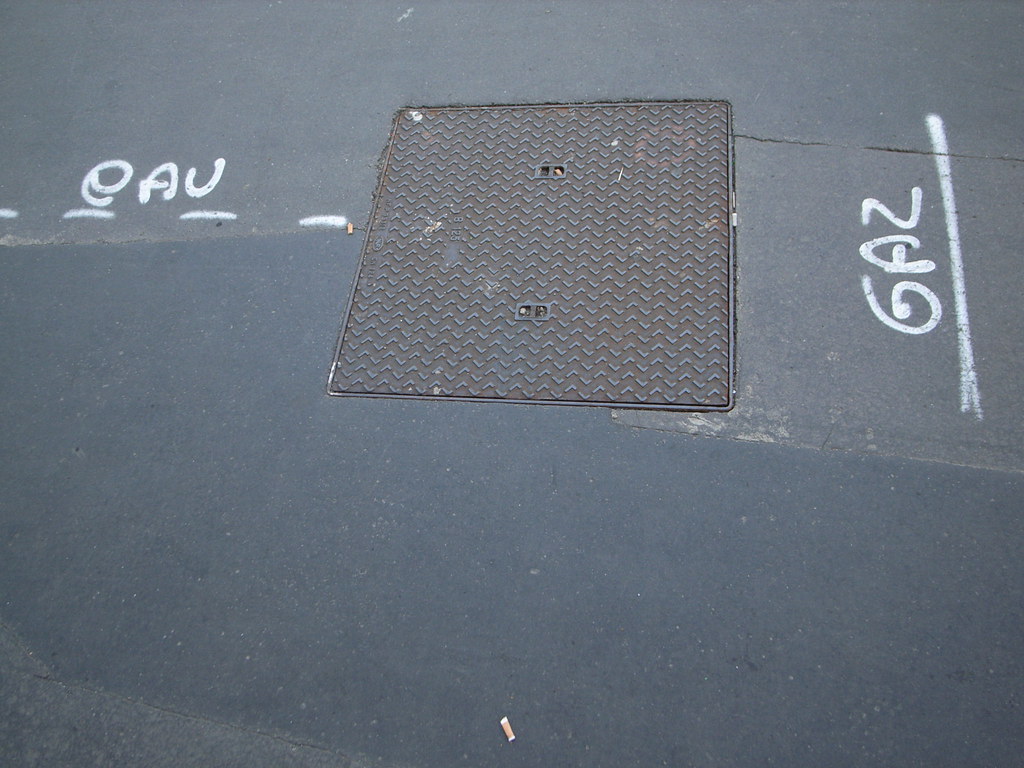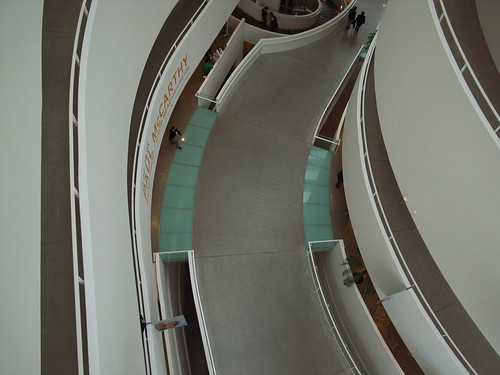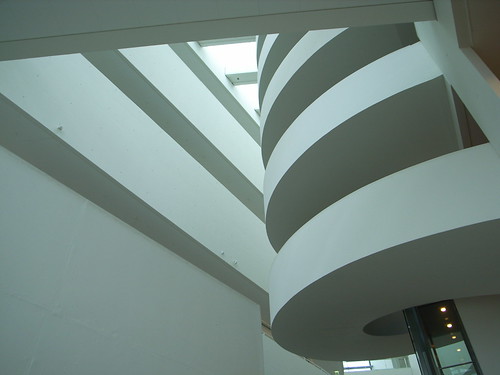Dourish, P. and Bell, G. (2007): The Infrastructure of Experience and the Experience of Infrastructure: Meaning and Structure in Everyday Encounters with Space, Environment and Planning B: Planning and Design. This paper interestingly explores the implications of computing getting off the desktop to the everyday world and how researchers are forced to "understand something of the spaces into which it moves, and the practical and cultural logics by which those spaces are organized". The authors made the point that space is rarely examined in computer system design, they only quote the examples of a spatial feature "separation" as a way to keep computational objects from each others (files kept in filespaces, the notion of workspace, etc.). Unlike this instrumental model of space, they rather consider spaces as populated and inhabited infrastructures. What this means is that spaces have a meaning to people in terms of the relationships to practical actions and interpretations. For instance, the presence and the activity of others can direct attention or guide movements. They quote diverse examples about this literature I had to explore in my PhD work.
It's very dense and hugely interesting so I will quote only the conclusion which efficiently describes the implications for pervasive computing:
"1) space is organized not just physically but culturally; cultural understandings provide a frame for encountering space as meaningful and coherent, and for relating it to human activities. Technological infrastructures are, inherently, given social and cultural interpretations and meanings; they render the spaces that they occupy ones that can be distinguished and categorized and understood through the same processes of collective categorization and classification that operate in other domains of social activity. Technological infrastructures and services, then, need to be understood as operating in this context.
architecture is all about boundaries and transitions and their intersection with human and social practice. (...) Everyday spaces are not simply spaces for working or meeting, but spaces for waiting, for reading, for loitering, for watching, for loving, for remembering, and more (McCullough, 2003.) The rhetoric of seamlessness is often opposed to the inherently fragmented nature of social and cultural encounters with spaces; we need to be able to understand how pervasive computing might support rather than erase these distinctions.
new technologies inherently cause people to re-encounter spaces. This isn’t a question of mediation, but rather one of simultaneous layering. One fascinating aspect of the move from the systems we built on the wired internet to those that we experience through wireless and mobile networks is that we are creating not a virtual but a thoroughly physical infrastructure, and we need to think about it as one that is interwoven with the existing physical structure of space (Dourish, 2001). The rhetoric of pervasive computing is one that traditionally ignores the ways in which that computing experience must be implemented on top of, and experience in and through, an existing landscape. (...) The spaces into which new technologies are deployed are not stable, not uniform, and not given. Technology can destabilize and transform these interactions, but will only every be one part of the mix."
Why do I blog this? because the paper gives a good overview of how pervasive computing relates to space and place issues (one of the research aspects I am interested in with regards to the user experience of these technologies). What I find relevant is here is the way these conclusions challenge existing developments and current discourse about such technologies.
There is a lot to draw here, for instance the way they question seamlessness is a recurring topic lately and I find it very important. Lots of people and organizations build things based on this assumption that the world is seamless and then they failed miserably.
 (Picture from "
(Picture from "
 (Picture Fused Space - SKOR - Wachtmeister 2)
(Picture Fused Space - SKOR - Wachtmeister 2)





 (picture courtesy of the Library of Congress, Prints and Photograph Division, FSA-OWI Collection taken as an example of
(picture courtesy of the Library of Congress, Prints and Photograph Division, FSA-OWI Collection taken as an example of